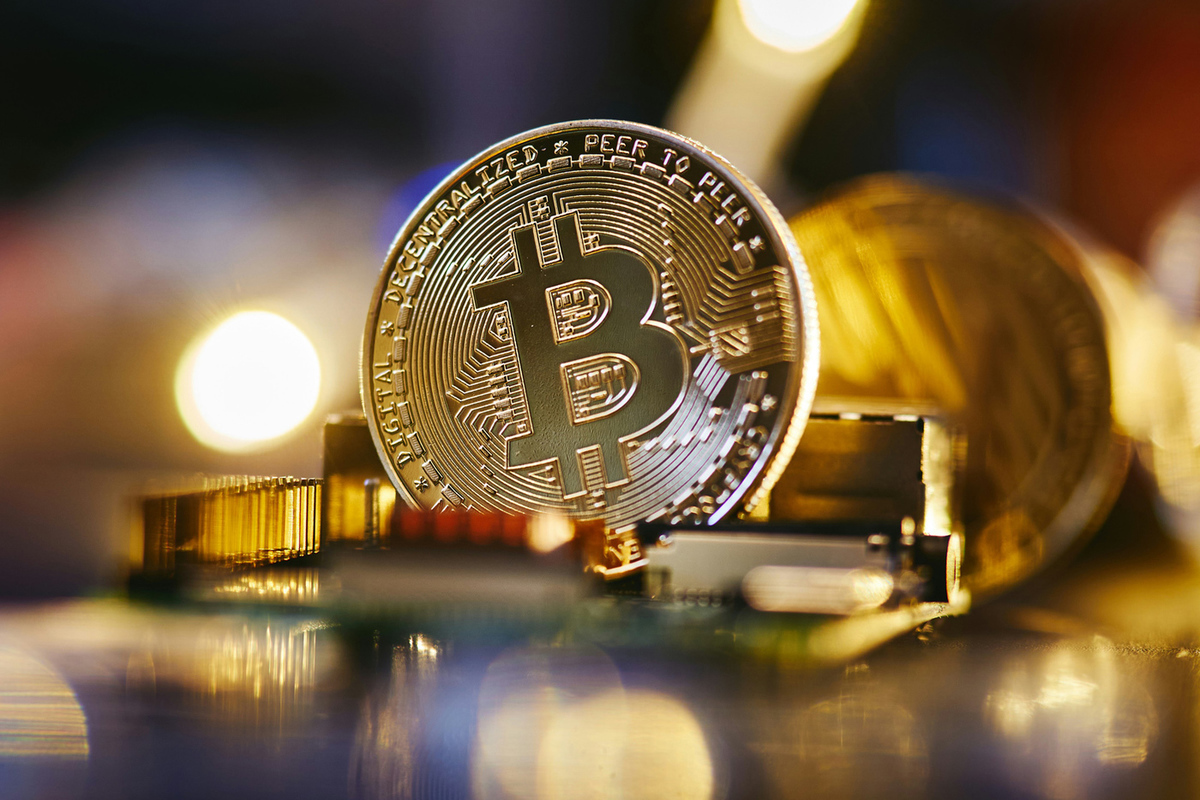Bitcoin’s dangerous record: Russians were told the risks of investing in cryptocurrency
[ad_1]

“This sphere is like a trap: it’s easy to enter, but not to get out.”
The Bitcoin rate reached a new historical high, exceeding the $73 thousand mark on the Binance exchange and managing to stay there. For the world of big numbers, the achievement is certainly notable: the most popular cryptocurrency continues to demonstrate miracles of growth. But what do these endless records bring to the world of ordinary people, those consumers, in particular Russian ones, who are accustomed to paying for goods in national currency and storing their savings in it?
In the last 30 days alone, Bitcoin has risen in price by more than 50%, and its capitalization has exceeded $1.4 trillion. Having surpassed silver, it turned out to be the eighth largest traded asset on the planet (the largest assets by capitalization are gold and shares of Microsoft and Apple). This month, Bitcoin updated its historical maximum twice more: the first time on March 5, reaching $69.2 thousand, the second time on March 11, when the rate rose above $71 thousand. For comparison: back at the end of January, the price for cryptocurrency on the exchange was $39.5 thousand.
The key driver of this rise was the so-called halving (from the English halving – “halving”) – a planned, artificial halving of the number of newly issued bitcoins (BTC), which are distributed among miners. The event is built into the Bitcoin program code so that the total supply of coins in the network never exceeds 21 million units. The cryptocurrency has already experienced three halvings: in 2012, 2016 and 2020.
To date, the global market prospects for Bitcoin remain blurred due to inherent extreme volatility (up to 40% over a period of several days) and speculativeness. In Russia, it is also unclear what to do with him, and the situation itself looks contradictory. According to the Singapore payment gateway TripleA, more than 17 million Russians (12% of the population) own cryptocurrency (that is, not just Bitcoin), 60% of whom are between the ages of 25 and 44. Last year, according to BitRiver, the country for the first time took second place in the world in terms of cryptocurrency mining capacity: we have 1 GW (gigawatt), the leading USA has 3-4 GW.
At the same time, notes BitRiver financial analyst Vladislav Antonov, since there is no legislation on cryptocurrencies in Russia, there are no clear rules of the game. It is quite difficult to answer the question of whether it is worth investing in Bitcoin now. Correct answer: depending on who. On the one hand, the growth of the exchange rate creates attractive investment opportunities. On the other hand, the high volatility of Bitcoin makes such investments risky. Beginner investors who do not have trading skills and the amount of financial resources required for such a business are better off staying away from this very specific cryptocurrency: it is easy to end up without any money at all.
“As for the liquidity of Bitcoin, today it can be quite freely exchanged through crypto exchanges and exchangers,” says Antonov. – However, it is worth taking into account commissions and time delays when exchanging. If you need to sell bitcoins and get rubles, be prepared to wait. In addition, in the absence of regulatory standards, problems with banks may arise. For example, your card may be blocked.”
It is obvious that in the foreseeable future, Bitcoin is not destined to become a mass phenomenon in Russia – neither as an investment object nor as a payment instrument. By the way, in 2021 the Law “On Digital Financial Assets” came into force, which simply prohibits the use of cryptocurrencies for payment goods and services within the Russian Federation.
You need to understand: Bitcoin is not backed by any material resources, unlike the so-called stablecoins – USDT, TUSD, BUSD and others, which are not based on oil, gold and are backed by the US dollar, explains Candidate of Economic Sciences, financial analyst Mikhail Belyaev. According to him, this cryptocurrency is based on two things – the mutual trust of the people who use it, and some speculative mathematical formula that supposedly ensures its stability. Buying Bitcoin (or a fraction of it) is quite easy: just be prepared to shell out more than $73 thousand per unit. But if you want to sell later, you will probably encounter problems, the expert warns. It is also difficult to convert bitcoin into a certain product: there may be neither the right product nor the right price. In general, this sphere resembles a trap: it’s easy to enter, but alas, to get out.
“It’s hard to call Bitcoin an asset; its rate is supported solely by rush demand and transactions related to the shadow economy,” says financial analyst Sergei Drozdov. “Professional market participants prefer to invest only a small share of their existing investment portfolio in it.”
[ad_2]
Source link






